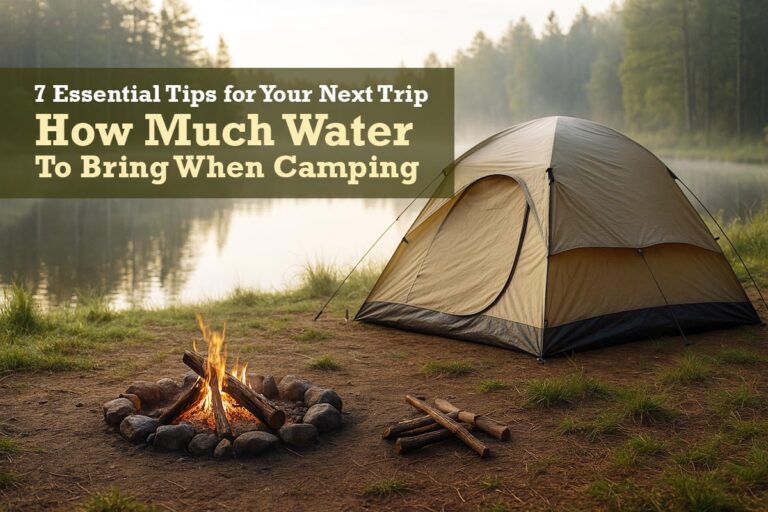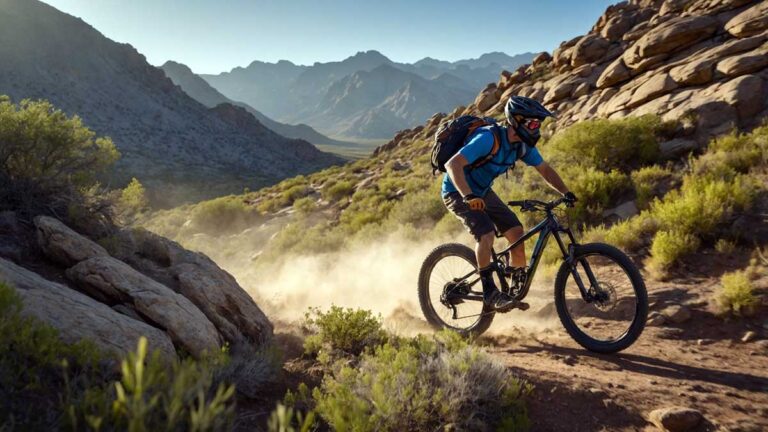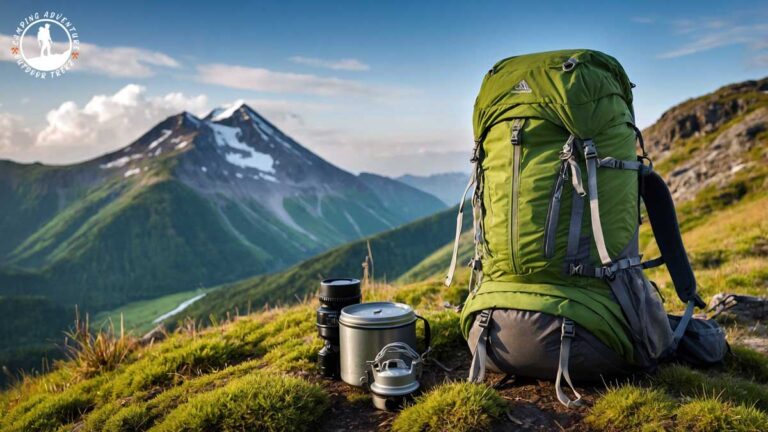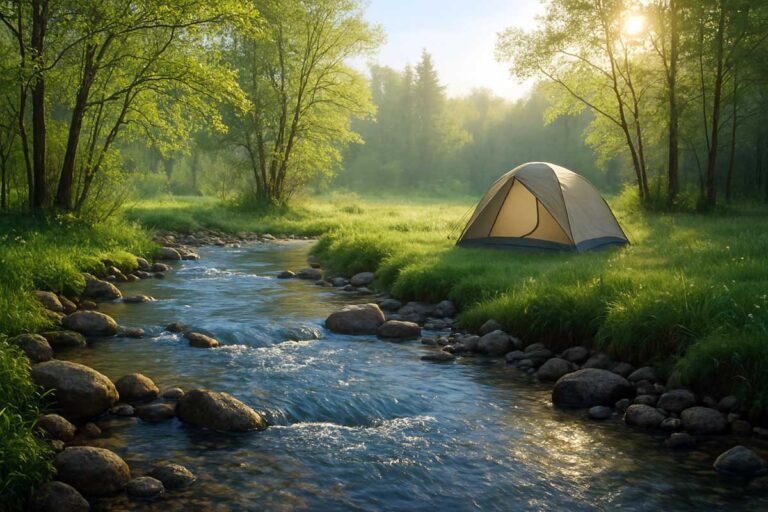What to Bring for Summer Camp: 10 Must-Have Essentials
What to Bring for Summer Camping? Discover 10 must-have items for a safe, fun outdoor trip. Start packing now for a memorable adventure!
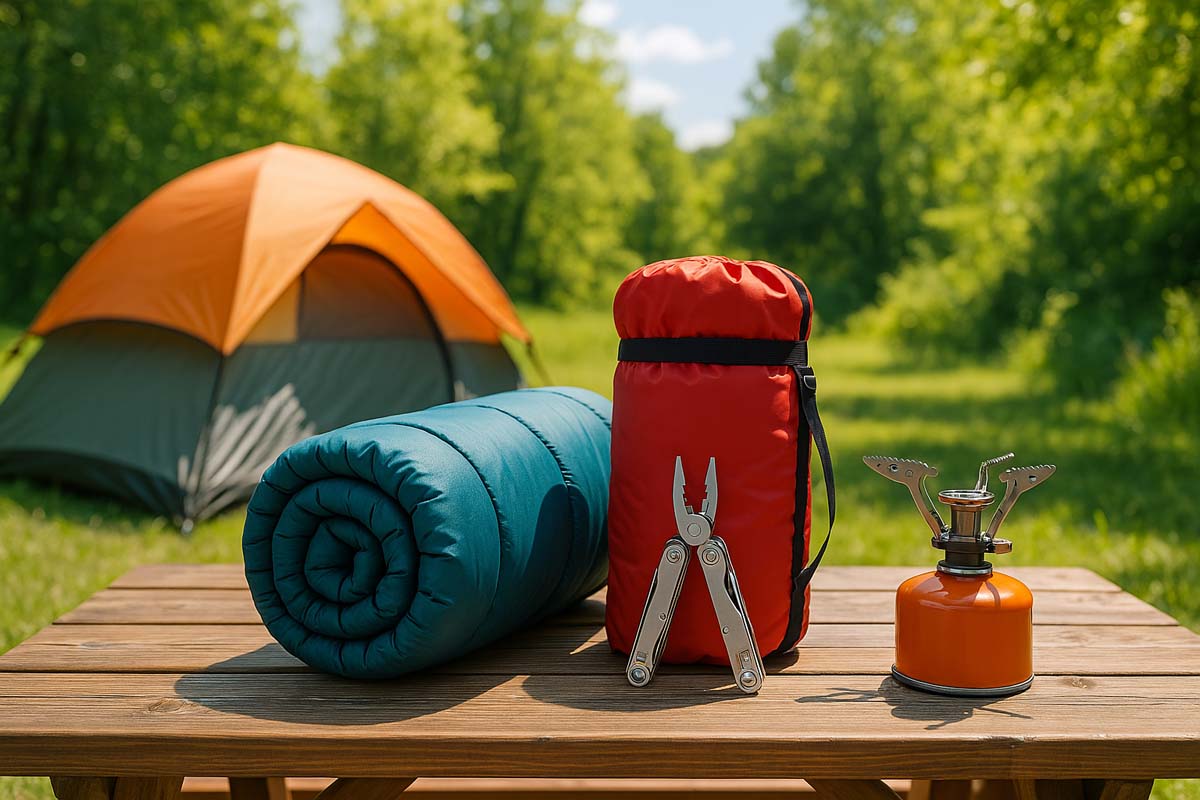
When planning a summer camp, one of the first questions you must ask is, “what to bring for summer camp.” In my many years of camping experience, I have learned that being well-prepared is key to having a safe and enjoyable time outdoors. In one of my previous article, I mentioned that the key to a successful camping trip is a well-defined plan.
In this guide, I will share a detailed packing list and practical suggestions that will help ensure your summer camp experience is both comfortable and memorable.
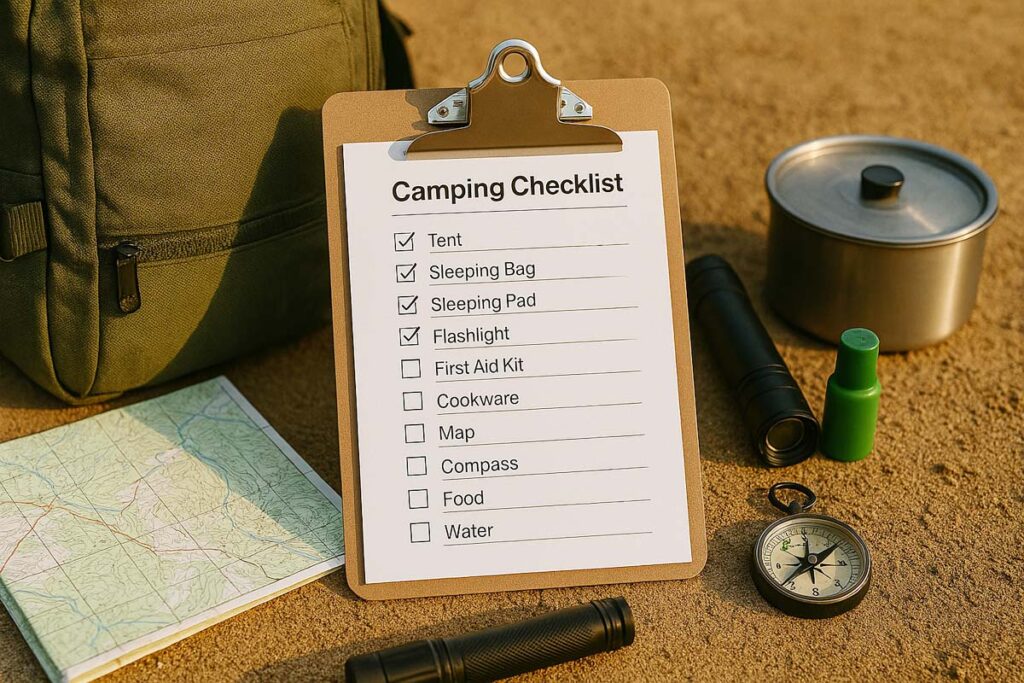
Contents Include
- 1 Setting the Right Mindset for Camping
- 2 Basic Gear and Equipment
- 3 Clothing and Footwear
- 4 Personal Items and Essentials
- 5 Safety and Navigation
- 6 Cooking and Food Storage
- 7 Entertainment and Comfort
- 8 Environment-Specific Items for Summer Camp
- 9 Step-by-Step Packing and Checklist Tips
- 10 FAQs (Frequently Asked Questions)
- 11 Final Thoughts
Setting the Right Mindset for Camping
Before gathering your supplies, it is important to prepare your mind and plan carefully. A successful camp trip begins with understanding your needs and the environment in which you will be staying. I always recommend taking a few moments to think about what you will need based on the location, weather, and available amenities.
- Assess the Environment: If you are camping in a forest, near a lake, or in a desert area, the requirements may differ. For a summer camp in areas with variable weather, prepare for both warm days and cool evenings.
- Plan Your Activities: Whether you’re hiking, fishing, or spending most of your time relaxing at camp, your gear selection should align with your planned activities.
- Mindful Packing: Use a checklist to ensure you pack everything needed. It is also wise to arrange items in the order of use, so you know exactly where to find them when the time comes.

Basic Gear and Equipment
At the heart of any camping trip is the equipment that keeps you comfortable and safe during your stay. Here’s a breakdown of the basic gear you should always have for summer camp:
- Tent: Choose a tent that is easy to set up, provides good ventilation, and is suited for summer weather.
- Sleeping Bag: Opt for a lightweight sleeping bag rated for warm weather. Some models come with removable liners that are great if the temperature drops at night.
- Sleeping Pad or Air Mattress: A sleeping pad improves sleeping comfort by providing insulation from the ground.
- Lighting: Headlamps, flashlights, or LED lanterns are essential. Carry extra batteries.
- Multi-tool: A versatile tool is useful for minor repairs and everyday tasks at camp.

Additional Equipment Tips:
- Always try to test your equipment at home before your trip.
- Look for gear that is compact, lightweight, and easy to transport.
- In humid areas, it is beneficial to have extra ventilation options for your tent.
Clothing and Footwear
Comfortable, weather-appropriate clothing is essential when spending time outdoors during the summer months. I advise packing clothes that can be mixed and matched easily and are designed to perform well in warm conditions.
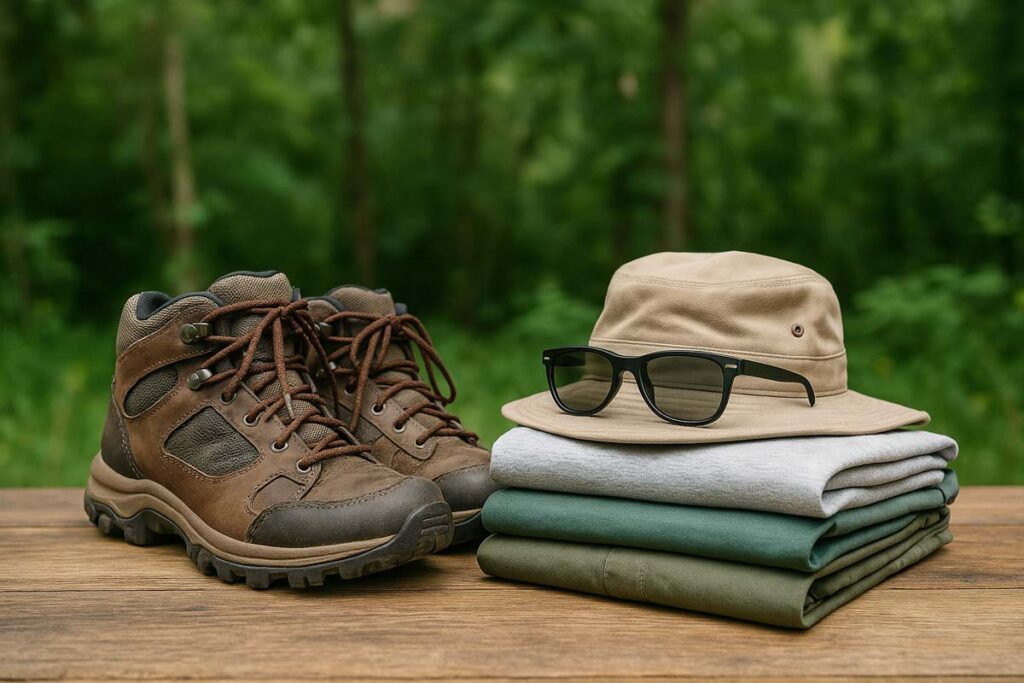
Suggested Clothing Items
| Item | Recommendations |
|---|---|
| T-Shirts/Polos | Lightweight, moisture-wicking material |
| Shorts | Durable and breathable fabrics |
| Lightweight Pants | For evenings or if you plan to hike in areas with insects |
| Layering Options | A light jacket or long-sleeve shirt for cooler evenings |
| Underwear and Socks | Quick-drying and comfortable |
| Footwear | Sturdy hiking boots or sneakers with good grip and support |
| Hat and Sunglasses | To protect from the sun |
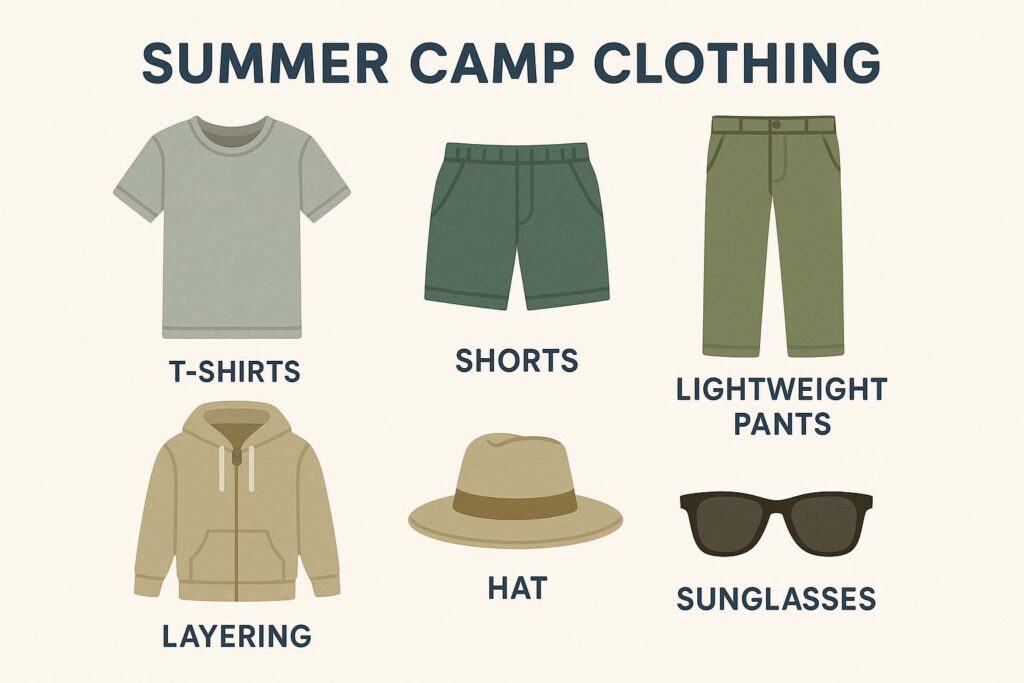
- Tip: Pack clothing that is easy to wash and dry, as summer conditions can lead to sweating and dust.
Investing in proper clothing not only ensures comfort but also contributes to your overall safety by protecting you from insects, sunburn, and accidental scrapes.
Personal Items and Essentials
A successful summer camp trip is not just about the gear but also about ensuring you have all your personal essentials. This section covers the basic items that help you maintain hygiene, manage minor ailments, and stay comfortable.
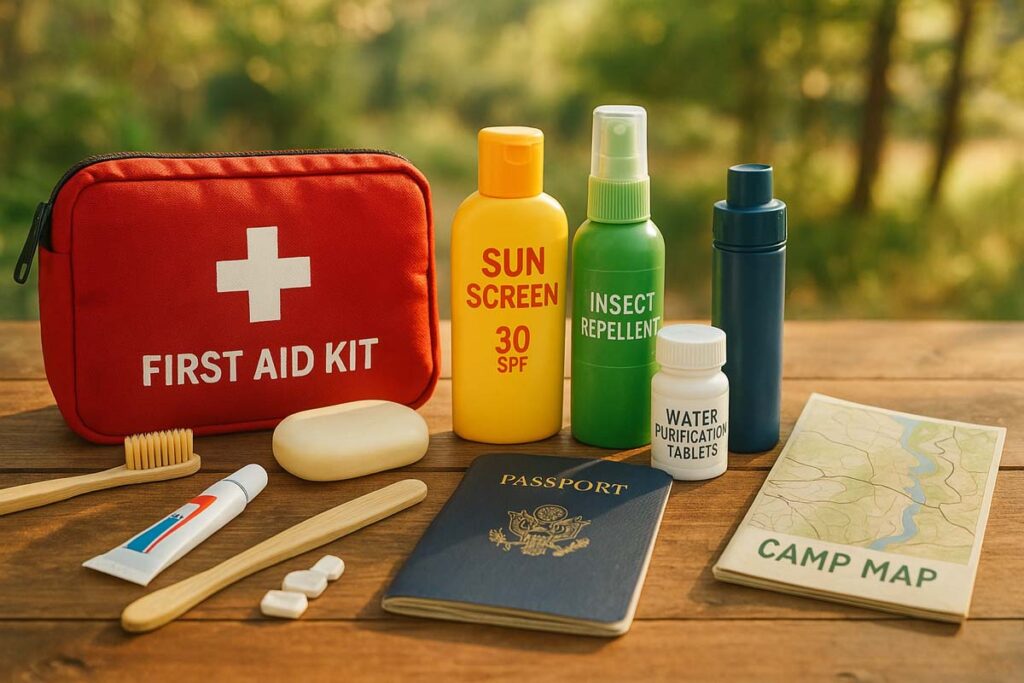
Must-Have Personal Items
- First Aid Kit: Include bandages, antiseptic wipes, pain relievers, allergy medications, and any personal prescription medicines.
- Hygiene Products: Toothbrush, toothpaste, biodegradable soap, deodorant, and a quick-dry towel.
- Sun Protection: Sunscreen with a high SPF rating, lip balm with sunblock, and after-sun lotion.
- Insect Protection: Repellent creams or sprays that are safe for the skin.
- Water Purification Supplies: Filters, purification tablets, or a portable water bottle that has an integrated filter.
- Miscellaneous: Personal identification, cash, credit cards, and a list of emergency contacts.
When packing these items, consider the duration of your trip and any specific personal requirements, such as medications or unique hygiene products.
Safety is always a priority when spending time in nature. Here are some essential items and tips to help you stay safe:
- Navigation Tools: Carry a reliable compass, up-to-date maps of the area, and a GPS device if possible.
- Emergency Communication: A fully charged mobile phone, portable power bank, and a whistle are essential in case you need to signal for help.
- Weather Updates: A small, portable radio or a weather app on your phone can keep you informed of any sudden changes in the forecast.
- Fire Safety: Fire starters, waterproof matches, and a small multi-purpose tool designed to help with setting up a campfire safely.
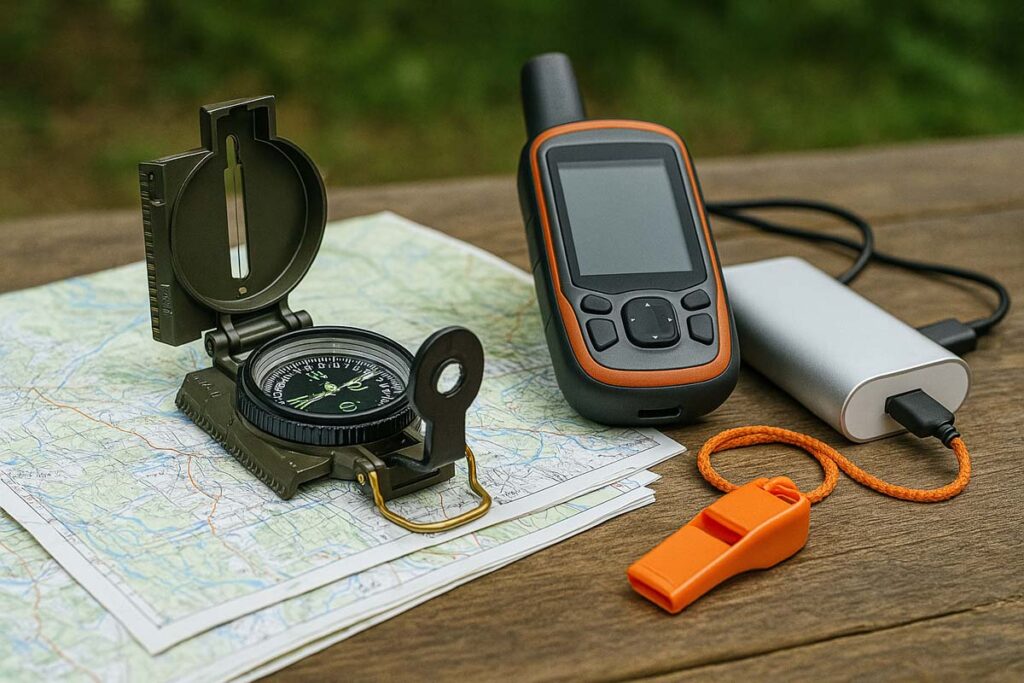
Always inform a friend or family member of your camp location and expected return time. Establish clear meeting points and communication methods in case you get separated from your group.
Cooking and Food Storage
Eating well is a crucial part of any camp experience. In the summer, lightweight, energy-packed meals are ideal since they are easy to prepare and provide the necessary fuel for active days outdoors.
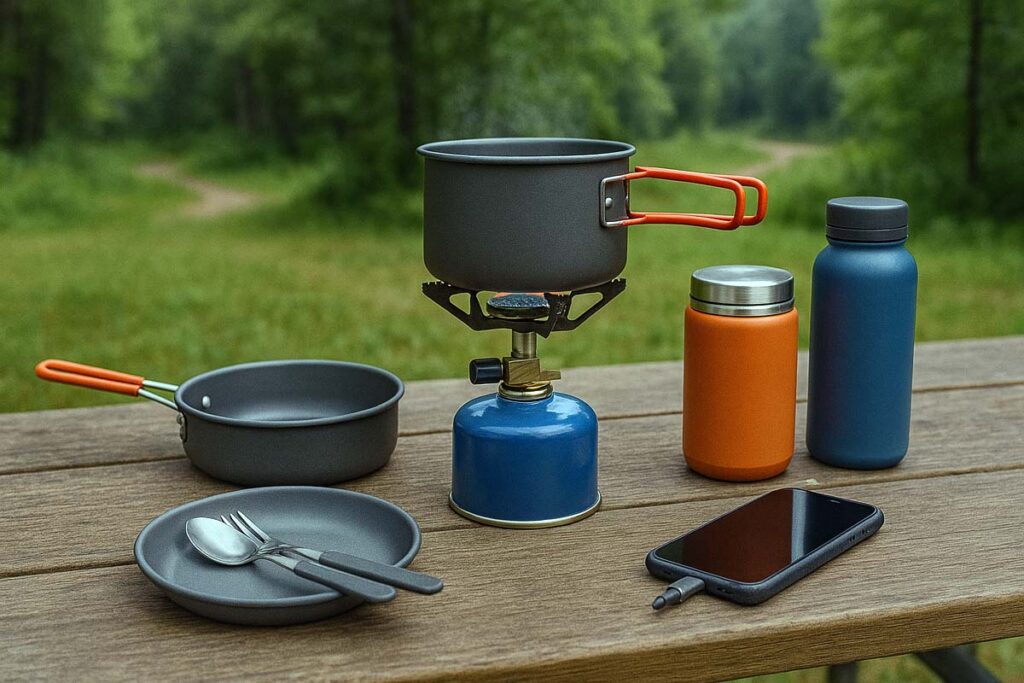
Cooking Equipment
- Portable Stove: A compact stove designed for outdoor use is ideal for preparing hot meals.
- Cookware Set: A set that includes pots, pans, and utensils is essential. Look for non-stick or durable, lightweight materials.
- Eating Utensils: Reusable or biodegradable plates, bowls, and cutlery.
- Food Storage: Coolers or insulated bags work well to keep perishables fresh. Use airtight containers to avoid spills.
Meal Suggestions
- Breakfast: Oatmeal with dried fruits, nuts, and powdered milk.
- Lunch: Sandwiches with lean proteins, fresh vegetables, and whole-grain bread.
- Dinner: Quick-cooking meals like pasta or rice dishes with pre-cooked vegetables and proteins.
- Snacks: Energy bars, dried fruits, nuts, and trail mix for quick energy on the go.
Food Safety Guidelines:
- Keep raw and cooked foods separate.
- Store food in sealed containers to protect against wildlife and insects.
- Always have extra water for both drinking and cleaning.
Using a table for your cooking gear and food items can keep you organized. Below is an example for easy reference:
| Item | Purpose / Tips |
|---|---|
| Portable Stove | For boiling water and cooking meals |
| Lightweight Cookware | Durable and easy to clean |
| Reusable Utensils | Eco-friendly options reduce waste |
| Insulated Food Containers | Keeps food safe from spoilage |
| Non-perishable Snacks | Quick energy boosts during outdoor activities |
Preparing meals on the spot can add to the enjoyment of your summer camp while ensuring you maintain energy and hydration throughout your trip.
Entertainment and Comfort
Even though camping is centered around outdoor activities, having a few items for leisure time can enhance your experience. Balancing between activity and relaxation is important for a successful trip.
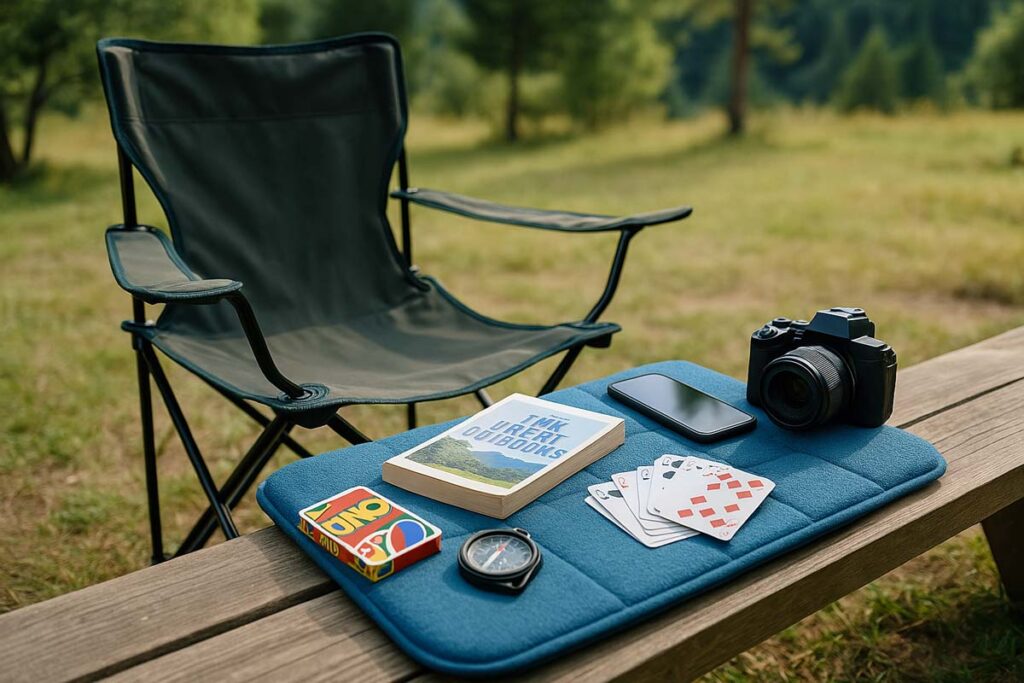
Entertainment Items to Consider
- Portable Chair or Seat Pad: For added comfort when sitting around the campfire.
- Books or Magazines: Choose reading materials that are light and interesting.
- Board Games or Card Games: Compact games that offer fun ways to relax with your group.
- Camera or Smartphone: To capture special moments. Ensure batteries are fully charged.
- Notebook and Pen: Useful for recording experiences or noting down memorable details of your trip.
While entertainment choices vary by individual preference, the key is to keep these items light and easy to pack.
Environment-Specific Items for Summer Camp
Summer environments can present unique challenges, and your gear list should reflect the conditions you expect to encounter. Here are some items you should add to your list:
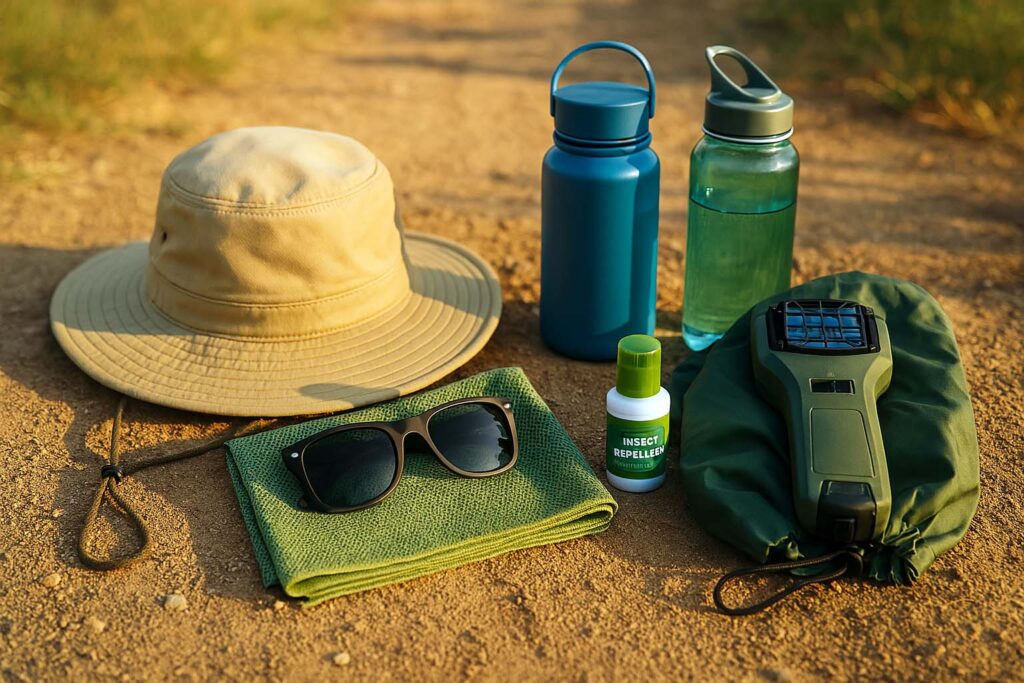
- Sun Protection Items: A wide-brimmed hat, sunglasses, and lightweight, long-sleeved shirts to protect against harmful UV rays.
- Hydration Solutions: Carry a hydration pack or several water bottles to ensure you stay properly hydrated, especially during hikes and vigorous activities.
- Cooling Towels: These can be useful for managing the heat while you are active.
- Rain Gear: Even in summer, there can be occasional rain showers. A waterproof jacket or poncho, as well as waterproof bags, will help keep your belongings dry.
- Bug Protection: Besides insect repellent, consider items like mosquito nets if you are camping in areas known for insects.
Paying attention to the specific environmental needs of your summer camp location will help you stay comfortable and safe throughout your trip.
Step-by-Step Packing and Checklist Tips
To tie everything together, here’s a step-by-step approach to packing and a checklist to ensure you have everything ready:
- Develop a List: Write down every item you plan to bring. This list should include gear, clothing, personal items, and any extras that are specific to your activities.
- Organize by Category: Divide your list into sections such as shelter, clothing, personal care, food, and accessories. This approach helps you manage items efficiently.
- Test and Prepare Equipment: Set up your tent at home and try out your cooking gear to ensure everything is functioning properly. Replace or repair items that do not work as expected.
- Pack in Layers: Place heavier items at the bottom of your bag and lightweight ones on top. Use packing cubes or plastic bins to keep similar items together.
- Final Check: The day before you leave, review your list and make a final check of all essentials. Ensure your first aid kit and navigation tools are easily accessible.

| Category | Items to Verify | Tips |
|---|---|---|
| Shelter | Tent, sleeping bag, sleeping pad | Set up practice sessions at home |
| Clothing | T-shirts, shorts, lightweight pants, sun hat, gloves | Pack extra socks and underwear |
| Personal Care | First aid kit, hygiene items, sun protection | Store liquids in sealable bags |
| Food & Cooking | Portable stove, cookware, utensils, food storage | Arrange food items by meal type |
| Safety | Navigation tools, emergency communication devices, fire safety | Keep backups of important items |
- Day-of Checklist: Before leaving, double-check that you have all essentials packed and that nothing has been forgotten. Have your list printed or saved on your mobile device as a reference.
FAQs (Frequently Asked Questions)
Final Thoughts
Being well-prepared for summer camp is about having a clear plan and packing efficiently. From the moment you decide what to bring for summer camp to the final checklist before leaving, every detail counts in ensuring a smooth experience. My own years of camping have taught me that careful planning and a well-organized packing approach prevent many issues that can arise outdoors.
This guide is based on my direct experience and on the latest practical recommendations that suit summer conditions. Whether you are a seasoned camper or planning your first summer camp, the tips above will help you prepare thoughtfully. Always update your gear list based on recent conditions and any changes in the environment you will be visiting.
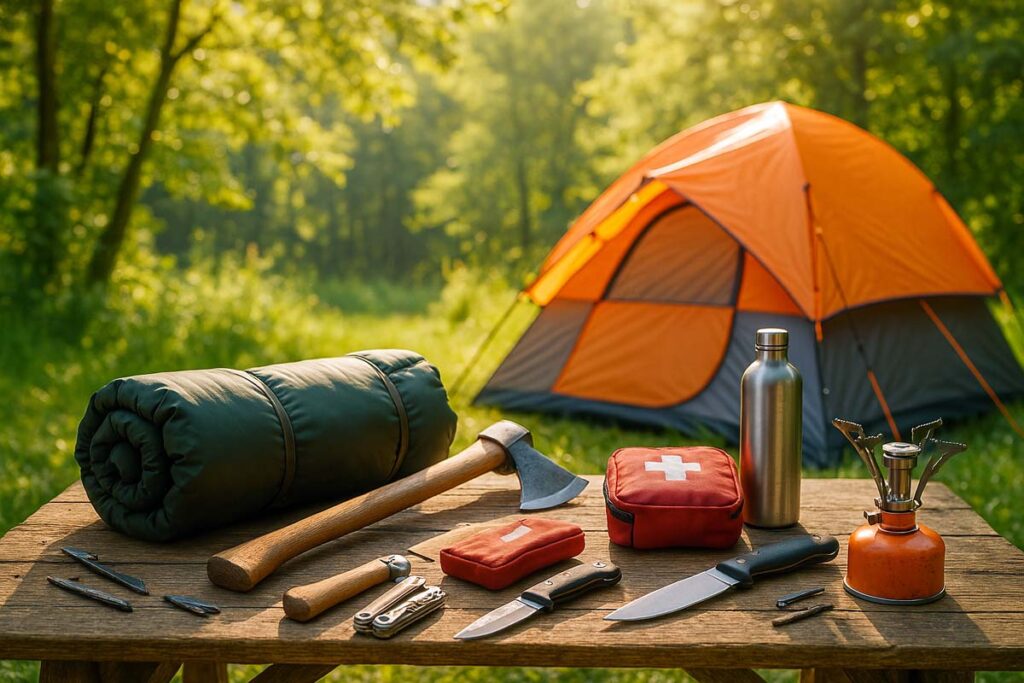
Remember, every camp trip teaches something new. It is useful to review your experience after each trip and make notes on items that can be added or removed in the future. With every challenge and success, you build a stronger skill set to handle the next adventure. I have been fortunate to learn these lessons over many years in the outdoors, and I hope the clear instructions in this guide serve you well.
Thank you for following along with my guide. I trust that this information will make your packing and preparation process simpler and lead to more successful camp trips. If you have any questions or need further advice, feel free to reach out on OutdoorTrekz.com. I wish you a safe, comfortable, and enjoyable summer camp experience.


